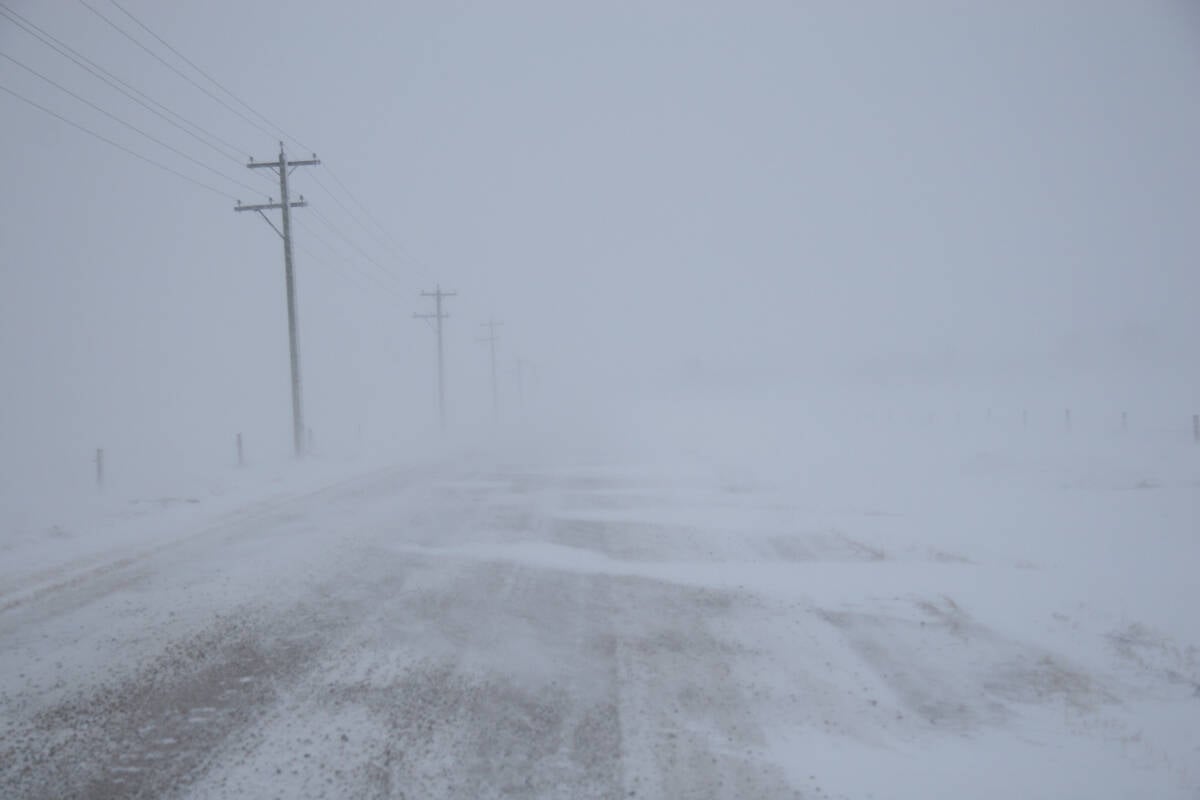Attempts to use gallflies to control spotted knapweed appear to have backfired.
Thanks in part to the appetite of the deer mouse, the noxious weed is now widespread in western North America and a growing problem in the northeast.
Dean Pearson, a U.S. Department of Agriculture ecologist, said knapweed normally thrives in the inner mountains of British Columbia, Alberta, Idaho and Montana, but it is moving eastward.
“It’s not very heavily into the short-grass prairie systems yet – it’s probably making its big new debuts in those areas.”
Read Also

Volatile temperatures expected for this winter
DTN is forecasting a lot of temperature variability in the Canadian Prairies this winter. Precipitation should be close to average.
Spotted knapweed was first recorded in North America in the late 1800s. The broad-leaved plant has an advantage over native plants because its natural enemies, including insects such as European gallflies, do not naturally exist in North America.
U.S. scientists began releasing gallflies in 1971 to reduce knapweed populations.
Gallflies prefer knapweed as their host plant and pose little risk to other plants. The flies lay their eggs inside the seed head or flower head and after the larvae hatch, they induce the plant to form a woody gall that encases the larvae.
The flies overwinter in the plants from September until June and then emerge as adults. Then, the cycle repeats.
Pearson said the additional energy the plants require to produce galls means they have less energy to generate seeds.
He said scientists expected this seed deficiency would lead to fewer knapweed plants, but an unforeseen side effect has cast a wrench into the works: deer mice numbers have increased because they like to feed on gallfly larvae.
“The knapweed’s stems are fairly dense and there’s a super abundance of food source in the seed head in the form of these larvae. The mice and other critters (such as black-capped chickadees) eat these.”
Pearson said it’s the first study of its type to look at the consequences of a biocontrol agent.
“If something is eating your biocontrol, how does that affect that organism and the community as a whole? This is the first time that this has been looked at.”
He said scientists have discovered that the higher gallfly population has increased the deer mouse food supply, which means the mice breed in higher numbers.
“You can see two or three times the densities of mice where you have the gallfly.”
As well, he said deer mice are the primary reservoir for hantavirus, which can cause the deadly hantavirus pulmonary syndrome in humans.
“What we’ve seen is the doubling and tripling of the mouse population and the doubling and tripling of the virus in these areas of the gallfly population.”
Deer mice can also help give knapweed a foothold in the environment.
“Before, knapweed was beating up on native plants, but meanwhile it’s feeding mice and elevating the mice populations. Those mice have historically always eaten native plants and can suppress native plant populations. What we have shown is that the increase in mouse populations due to gallflies can increase those negative impacts on the native plants.”
Pearson added that while knapweed is spreading eastward from the mountains, it is finding it more difficult to move onto the Prairies so far, likely because prairie plants generally have stronger root systems and grow closer together, squeezing out competitors.















